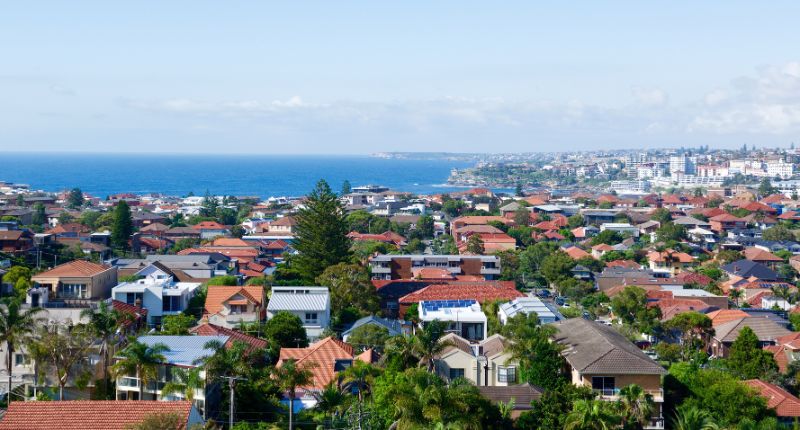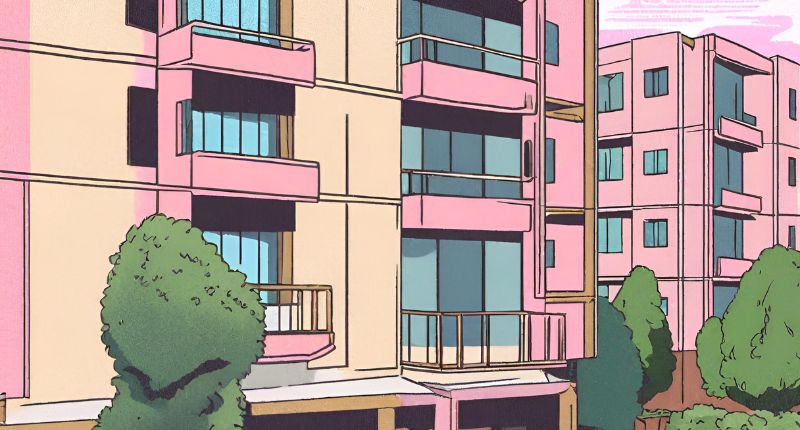- The NHFIC warns developer contributions for local infrastructure lacks transparency
- Contributions typically account for 8% to 11% of total home construction costs
- Over time the burden of new local infrastructure has been on new home buyers
Developer contributions for local infrastructure are inconsistent, lack transparency and have broadened in scope, says the National Housing Finance and Investment Corporation (NHFIC) in a new report.
This has has added to the cost of new homes and could potentially impede new housing supply, the organisation argues.
Released today, the NHFIC’s Developer Contributions: How should we pay for new local infrastructure? report explores developer contributions across the states and territories by comparing scope, timeliness, transparency, policy design and funding considerations.
8% to 11% of home costs
Typically, developer’s contributions count for around 8% to 11% of total home construction costs, which amount to as much as $85,000 per dwelling in New South Wales, $77,000 in Victoria and $42,000 in Queensland.
Increasingly, these contributions are used to fund social infrastructures such as schools, hospitals which are typically projects funded by state budgets, along with essential housing-related structures such as water and drainage.
Developer contributions can vary considerably which can lead to unanticipated costs through the development, which impacts margins and new housing supply.
The NHFIC found that increasing expectations of good quality amenities, rapid population growth and funding constraints have left local governments struggling to keep up with the demand.
On the other hand, some councils over the last four years raised more revenue through developer contributions than were deployed directly to new local infrastructure.
Nathan Dal Bon, NHFIC Chief Executive, said over time funding of local infrastructure had shifted from state to local governments to new home buyers, which he said potentially adds to the cost of homes in greenfield developments.
‘’The expanding scope of developer contributions increasingly acts like a tax on new housing, which can impede new housing supply and reduce housing affordability for buyers and renters,” said Mr Dal Bon.
The research noted that there is a lack of comparable and detailed data on developer contributions due to only three states in Australia – NSW, VIC and QLD – having modest reporting requirements, while the other states have no such requirements.








